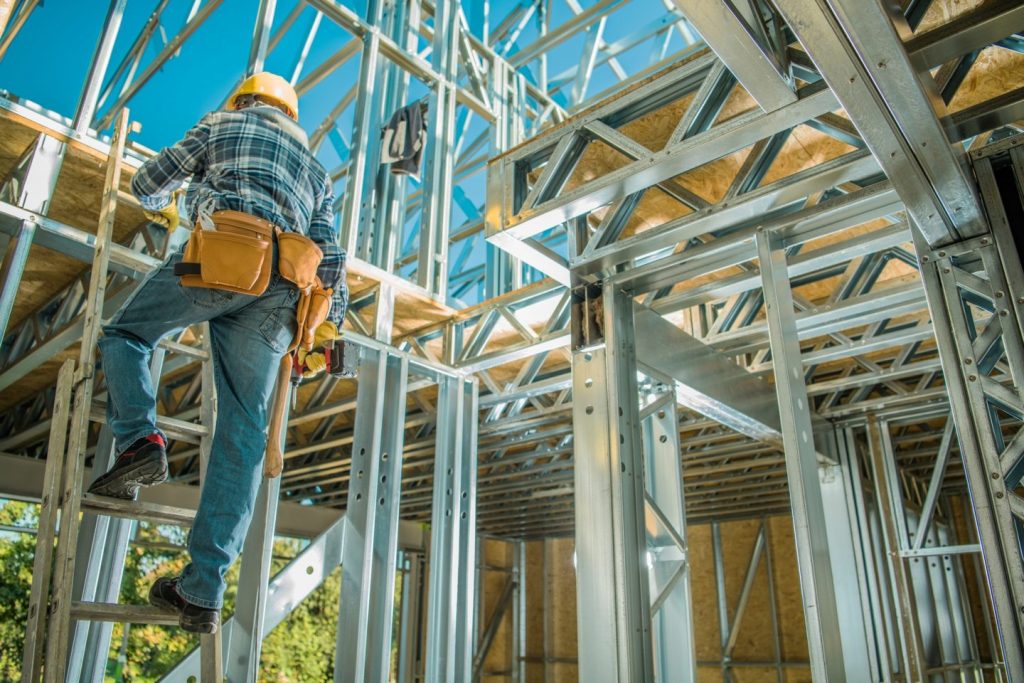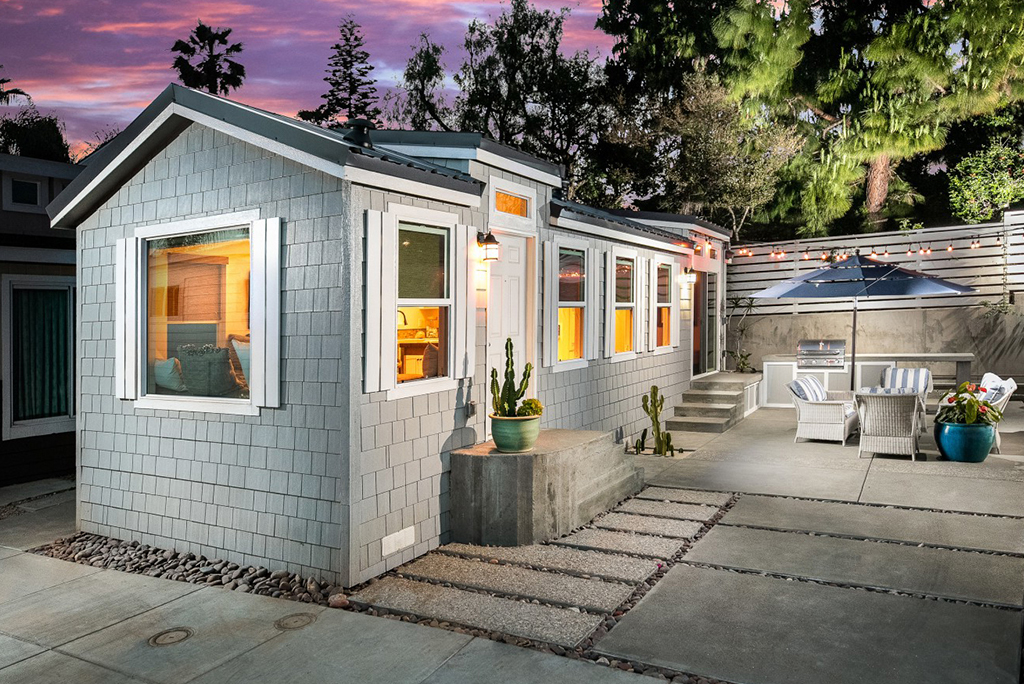A home remodeling project can be expensive. You may want to spend the money wisely, so you don’t overspend or have to pay for any unexpected expenses. The following are some tips on how to budget your home remodeling project.
Before you start the project, know what you are getting into. Draw up a plan for your home remodeling project. This will be helpful in budgeting because you can estimate how much the supplies and appliances are going to cost before purchasing them. You can also buy supplies as you go along so you don’t have too many expenses at once.
Know which materials and appliances are best suited to your project. If you choose products that are cheaper but aren’t very durable, not only will they affect the look of your finished product, but they could end up costing more money over time since you would have to keep replacing them or make repairs on them regularly.
If you’re unsure about what needs repair or upgrading, consult with an expert who can provide insight into which items should be prioritized. A good place to start is by considering safety issues like electrical wiring or structural integrity before focusing on aesthetic improvements like new paint color or flooring material.
Once the list has been prioritized, focus on affordability as well as necessity. Work will need to be done no matter your budget, but there is a drastic difference between repairing what needs immediate attention and making aesthetic changes that can wait. If you’re looking for financial help in getting started, you might consider asking friends and family for donations or offering a small raffle or fundraiser.
Before starting a renovation, make sure there’s enough money in the budget to cover all costs. This includes new purchases on materials and supplies, as well as any work that needs to be done by a professional or vendor. A common rule of thumb is 2-3% of the total project cost for every month you plan to work on it (i.e., if your project takes six months, you’ll need about 6% each month). 3) Set a deadline – Having a set date will help prevent delays and ensure that all tasks get completed promptly. Without deadlines, there’s no incentive for anyone involved to complete their portion of the work quickly.
A good way to stay organized is to create an action plan that maps out exactly how you’re going to proceed with your home renovation. It can be helpful to sequence the work by outlining which tasks will be completed in the beginning, middle and last stages of the project. While it can be helpful to work with a contractor, you may want to begin by designing the space yourself using a program like the free estimation software from Kukun. This will help you visualize your renovation and understand the true costs of each item.
Open up space If you’re living in a cramped residence, there’s likely wasted or underutilized space that can be opened up during construction. Consider knocking down any walls to create an open floor plan. This is not only more visually pleasing but also maximizes your useable space and allows you to manage waste more efficiently as materials can be moved throughout the house instead of needing to be trucked away after renovations are complete.
There are several expenses associated with remodeling projects that homeowners may not take into consideration when they draw up a budget. For example, if you need new appliances, cabinets, or other fixtures because of damage caused during construction, their cost needs to be added to the overall amount of money allotted for the renovation. Other hidden costs may include furniture removal and re-installation services for items like wall-mounted TVs or ceiling fans that are being moved around while work is being done on your home.

You can’t anticipate what you’re going to find when you start tearing up your flooring, so it’s important to have contingency funds in place just in case any hidden problems are uncovered during construction. Despite your best efforts at budgeting for your remodeling project, there may be an issue that wasn’t taken into consideration or is more costly than anticipated. For example, if you need a new roof but don’t plan on getting one until the following year, rely on savings or borrow from a credit card to cover expenditures until then.
Home remodeling can be a daunting task, but it doesn’t have to be. By planning and budgeting your project, you can save yourself time and money. Compare different suppliers and manufacturers to find the best products for your needs, and make sure to get multiple estimates before starting any work. Determine all of the costs associated with your project, including labor and materials. You’ll also need to plan for any additional expenses not included in the project estimate, such as permits or a utility company fee for a new connection (if applicable). Multiply this number by 1.25 to account for unexpected costs during construction, and make allowances for an inspector who will review the work when it’s finished. The resulting figure is what you should budget for your home remodeling project.
Keep in mind that several home renovation-related expenses may be tax-deductible, such as labor costs associated with installing new windows or exterior siding. Consult with an accountant who can provide insight into which deductions you qualify for so it will help reduce the overall cost of your renovation project if applicable. The above tips may help you better understand how to go about planning and executing various tasks during your next remodeling project. Although it requires careful consideration and careful planning, it can result in beautiful updates that add value to your home when you’re done.








